Dear Abby advice columnists and sisters among Iowa’s influential Women of the Century
Iowa is often associated with the middle.
And for good reason: We’re in the heart of the country. We were the 29th territory admitted to the union. Our politics are mostly purple. We get it; we’re the state equivalent of Baby Bear’s porridge.
But when it comes to women’s rights, Iowa has always been on the forefront.
First state university to become co-educational? The University of Iowa. First female lawyer? Iowa’s own Arabella Mansfield. First woman officially elected to public office? Widely believed to be Julia Addington, Mitchell County’s superintendent of schools.
First female dentist? First woman drafted into the NBA? First female to command the International Space Station?
Iowan. Iowan. Iowan.
Even the woman who pioneered the state-by-state “Winning Plan” to gain national suffrage was Iowan Carrie Chapman Catt – who also happened to graduate at the top of her otherwise male-only Iowa State University class.
In August, Americans nationwide will celebrate the 100th anniversary of the 19th Amendment, which, after decades of struggle, finally granted women the right to vote. To commemorate this momentous transformation, the USA TODAY Network is naming 10 women from each state as well as the District of Columbia as Women of the Century.
Iowa’s awe-inspiring list includes women who faced seemingly insurmountable challenges, pushed boundaries and achieved amazing feats.
But Hawkeye women have long been such vanguards, agitators and glass-ceiling breakers that paring Iowa’s Women of the Century down to just 10 leaves out so many worthy choices.
Susan Clark – the plaintiff in a lawsuit that desegregated Iowa schools almost a century before Brown v. Board of Education did the same for the nation – shot to the headlines for her bravery in 1867, decades before the start of the past century, making her ineligible for inclusion.
Are you registered to vote? Take the first step to making sure your vote counts.
Willie Stevenson Glanton’s lifetime achievements include being the first African American woman elected to the Iowa Legislature, the first woman to be an assistant Polk County attorney, and the first woman and first African American elected to the Iowa chapter of the Federal Bar Association. All are high-water marks in our community and moments Iowans hold dear, but not achievements that thrust Glanton into the national spotlight.
Others who didn’t make the list were younger Iowa-connected women who weren’t ready this round but whose trajectory shows promise.
Tahera Rahman, the first full-time broadcast journalist to wear a hijab, and Katie Meade, the first model with Down syndrome to front a national beauty campaign, are both women whose next steps we’ll be watching.
Ultimately, the final 10 women represented the quilt of Iowa’s experiences and perspectives. They are all champions of those who came before, and role models for those who will come after. They are all women who, when history came knocking, chose to answer the call.
And they all share one important trait: They may come from the middle, but, make no mistake, their successes were felt the world over.
Who is your Woman of the Century? Did we miss a woman you think should be on our list? We’d like to hear from you.
Carrie Chapman Catt
Women's suffrage activist
(1859-1947)
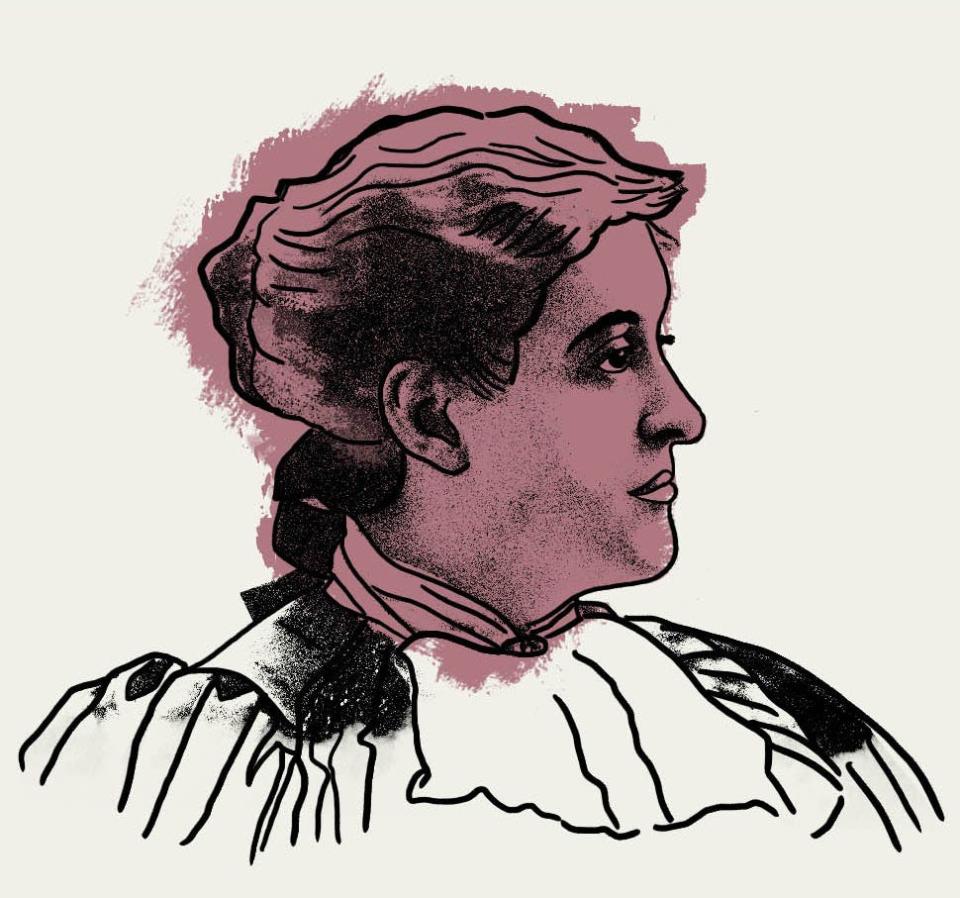
At 13, Carrie Chapman Catt set the goal that would come to define the rest of her life: Get women the vote. Graduating in the top of her otherwise all-male class at Iowa State University, Catt rose through the ranks from teacher to principal to superintendent of the Mason City School District, becoming the first woman to hold the district’s highest position.
After years spent writing a feminist column in her husband’s newspaper, the Mason City Republican, Catt joined the Iowa Women Suffrage Association and worked to secure women’s right to vote in local elections, which was finally approved by the Iowa Legislature in 1894. While advocating on the state level, Catt also pushed the national movement forward, enrolling in the National American Women Suffrage Association and eventually replacing Susan B. Anthony as the organization’s president.
With 19th Amendment ratification well under way, Catt established the League of Women Voters, a still-operating nonpartisan advocacy group dedicated to helping women get involved in public affairs.
Catt's legacy has come under scrutiny as allegations that she once supported white supremacy and used racist language to describe Native Americans recently resurfaced. Those claims are highly disputed.
Today, the Hawkeye State's most famous suffragette is the namesake of Iowa State University’s Carrie Chapman Catt Center, a research department that studies women and politics, and encourages female participation in the political process – extending the spirit of the goal set by 13-year-old Catt into another century.
Augmented reality: See Carrie Chapman Catt’s suffrage speech come to life
Janet Guthrie
Race-car driver, speaker and women’s sports advocate
(1938- )

From getting her pilot’s license at 17 to qualifying for the scientist-astronaut program at NASA to becoming the first woman to compete in both the Indianapolis 500 and the Daytona 500, Janet Guthrie has always lived life in the fast lane.
Raised in Iowa City, she was already one of the first female aerospace engineers at Republic Aviation when she met the original requirements to join NASA. (When having a doctorate was made an additional requirement, she was disqualified from the program.)
In the early '60s, Guthrie caught the racing bug and enjoyed increasing success on the circuit. In 1977, she competed in the Indianapolis 500 and the Daytona 500 but was stymied in both by mechanical failures.
Rising above sexism and pettiness for most of her career, Guthrie was in one of the first classes to be inducted into the International Women’s Sports Hall of Fame. A well-known speaker, she still advocates for women’s sports.
Edna M. Griffin
Civil rights activist
(1909-2000)
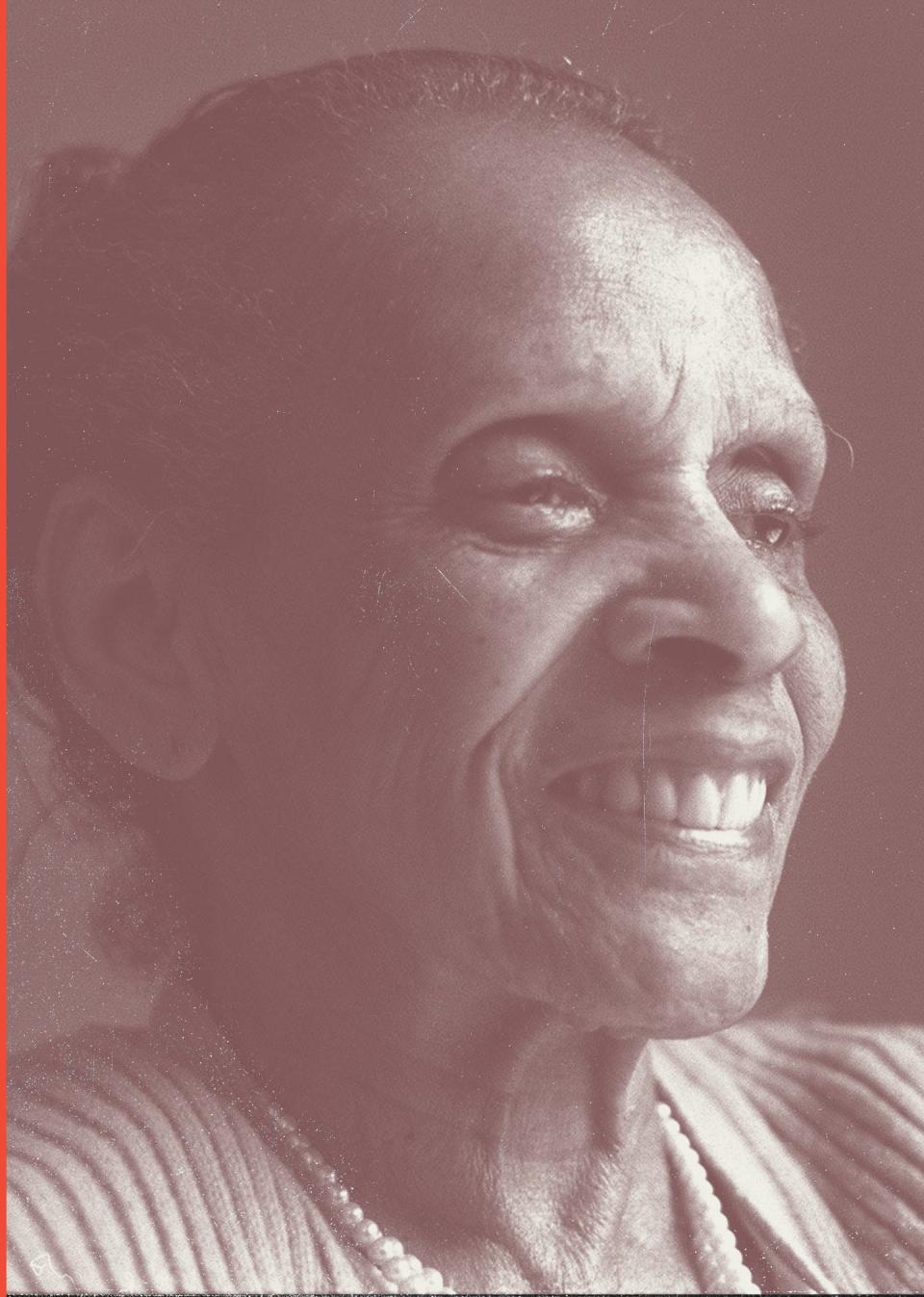
Before Rosa Parks refused to give up her bus seat, Edna M. Griffin rebuffed giving up a seat of a different nature: one at a Des Moines lunch counter.
Born in Kentucky, Griffin, a graduate of Nashville’s Fisk University, moved with her husband to Des Moines just a year before a hot July day led her to order an ice cream cone at Katz Drug Store. The store refused to serve Griffin and her friends because the facility was “not equipped to serve colored people.” She used this incident as the impetus to organize sit-ins of the store and file civil and criminal lawsuits against the lunch counter’s owner for violating Iowa’s Civil Rights Act.
In 1949, Griffin won her case, effectively shutting down the loopholes Iowa businesses had been using to skirt the state’s public accommodations law. She was awarded just $1 in compensation, but her lawyers at the time called the decision “a moral victory.”
Griffin spent the rest of her life dedicated to the civil rights struggle, organizing Iowans to join Martin Luther King Jr.'s March on Washington and founding the Des Moines chapter of the Congress of Racial Equality (CORE), which supported voter registration drives in the South.
A longtime anti-nuclear advocate, Griffin joined a different type of sit-in decades after the one at Katz when she lined up next to a group of Quakers blocking nuclear warheads from entering Offutt Air Force Base. When the protesters were arrested, she was the only grandmother among them.
Mary Beth Tinker
First Amendment rights advocate
(1952- )
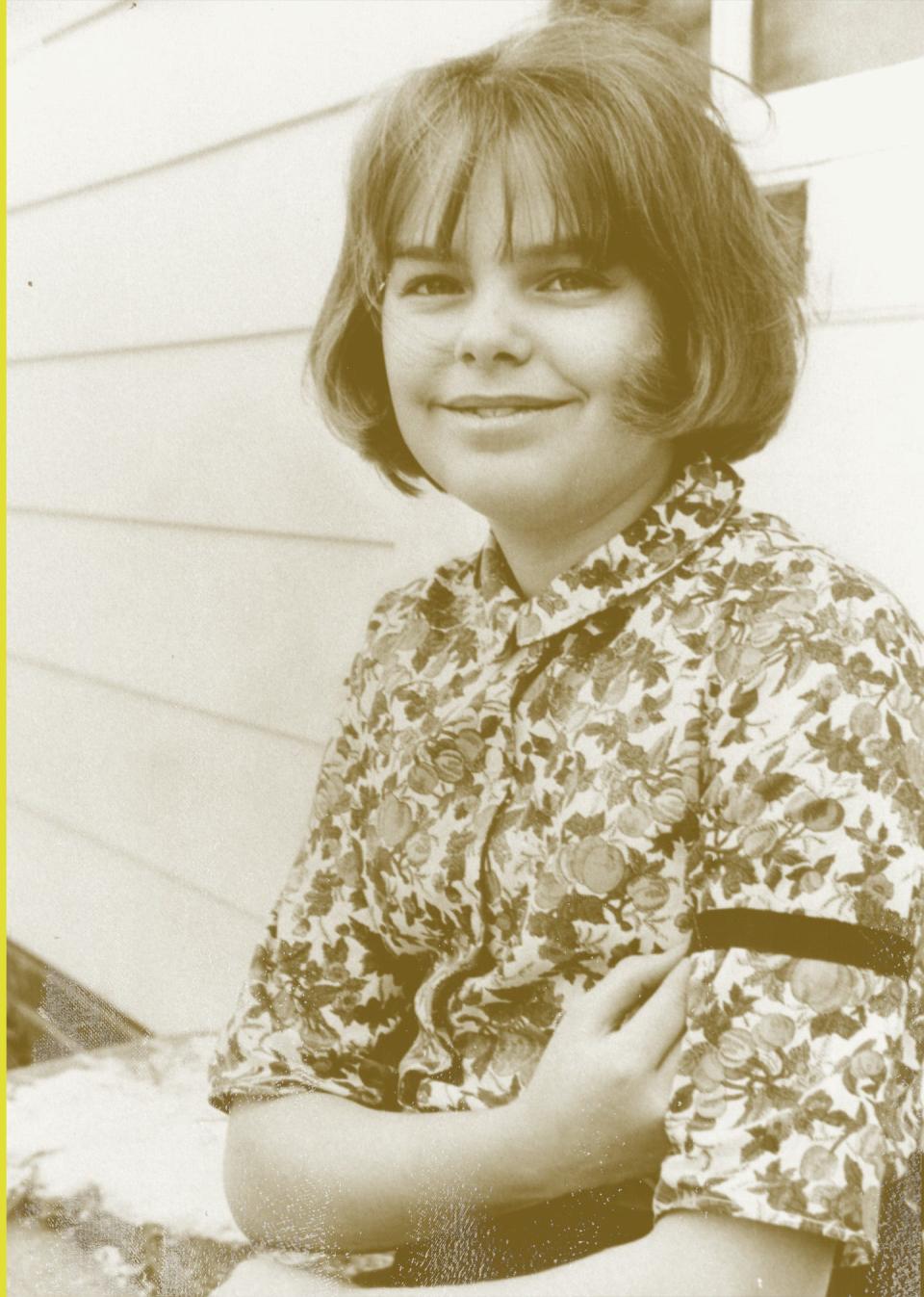
Mary Beth Tinker was a middle school student when a suspension for wearing a black arm band in protest of the Vietnam War shot her name into the public consciousness.
As the plaintiff in a lawsuit against the Des Moines Public Schools, Tinker and her family experienced threats for their stance that she had a right to protest, but they endured to take their case all the way to the Supreme Court.
The Supreme Court’s decision to side with Tinker is known to have set the high legal standard under which students’ First Amendment rights are protected today.
Tinker travels the country talking about her fight and has made important connections with current youth advocates, including the students in Parkland, Florida, who became nationally known gun-control advocates after their school was the site of a mass shooting.
Kate and Trish Varnum
LGBTQ rights activists
(1973 & 1965)
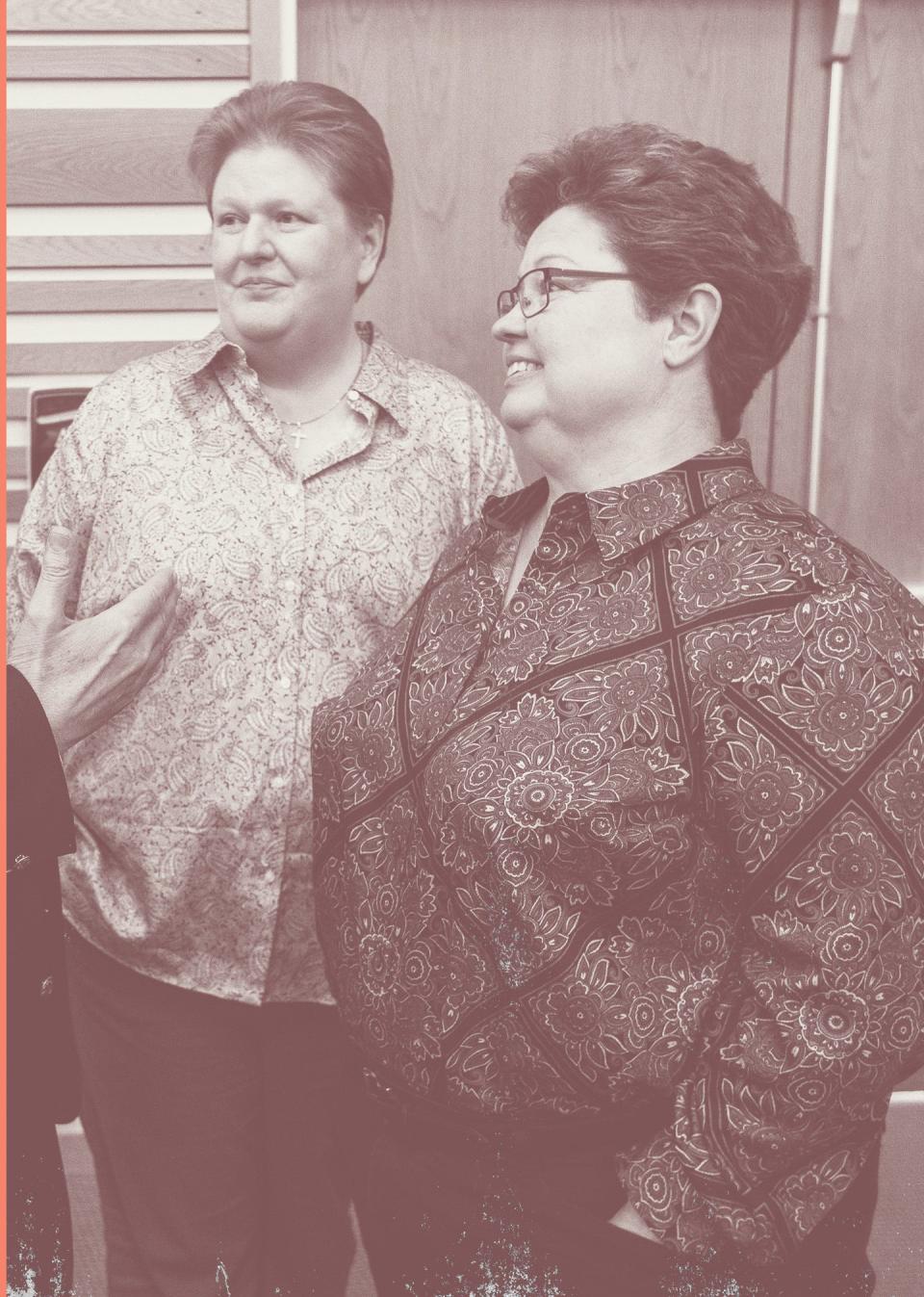
In 2005, Kate and Trish Varnum walked into the Polk County Recorder’s Office and uttered the words “We’d like to get married,” setting themselves on a course for the Iowa Supreme Court.
The couple were lead plaintiffs in Varnum v. Brien lawsuit, which would make Iowa the third state in the union to allow gay marriage. Even though other states were seeing similar lawsuits appear on their dockets at the time, many consider Varnum the tipping point for the national gay marriage movement.
The Varnums got legally married a few months after the court’s decision came down and are still together today. They have an 8-year-old son, Alex, whom they adopted three years after their court case changed Hawkeye, and American, history.
Jane Elliott
Educator
(1933- )
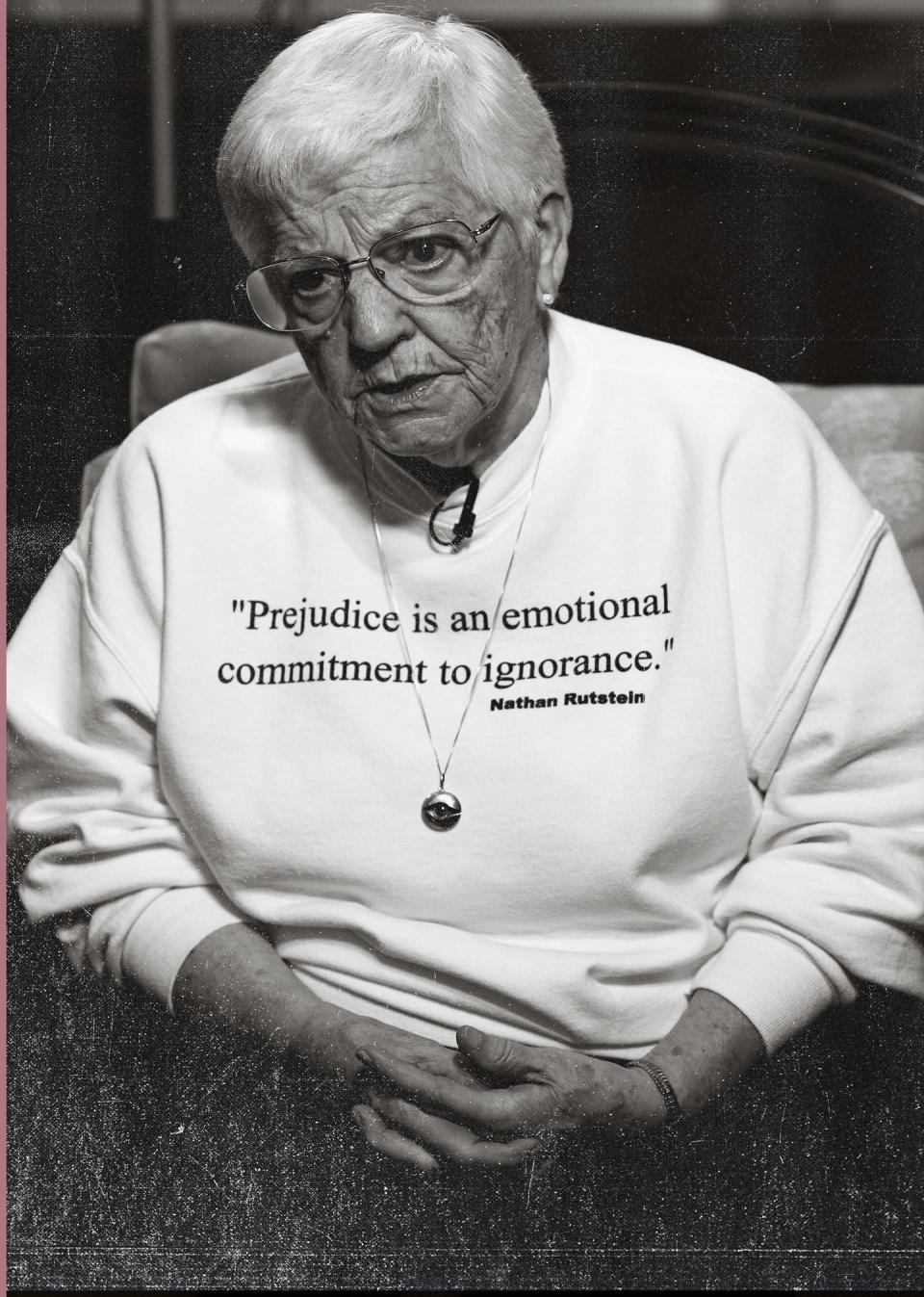
As a white elementary schoolteacher in a white community, Jane Elliott became a vanguard in how to teach anti-racism in the United States.
She started her "Blue Eyes/Brown Eyes Exercise" in her third-grade classroom the day after Martin Luther King Jr. was murdered. The exercise saw her divide the room by eye color and give only certain eye colors special privileges. In prioritizing one group over the other, the children learned what it was to be considered "less than" or discriminated against.
Elliott suffered harsh backlash from her community and her fellow teachers after she appeared on “The Tonight Show Starring Johnny Carson” to explain the exercise, but she still taught the lesson every year until she left the classroom in 1985. Her exercise gained further national attention when it was filmed for a documentary in 1970.
The “Blue Eyes/Brown Eyes Exercise” has been called a landmark in social science, and one textbook publisher even lists the Riceville native next to key educators like Plato, Horace Mann and Maria Montessori.
She still teaches and speaks on the harmful effects of racism in our society.
Jean Adeline Morgan Wanatee
Native women and women's rights advocate
(1910-1996)
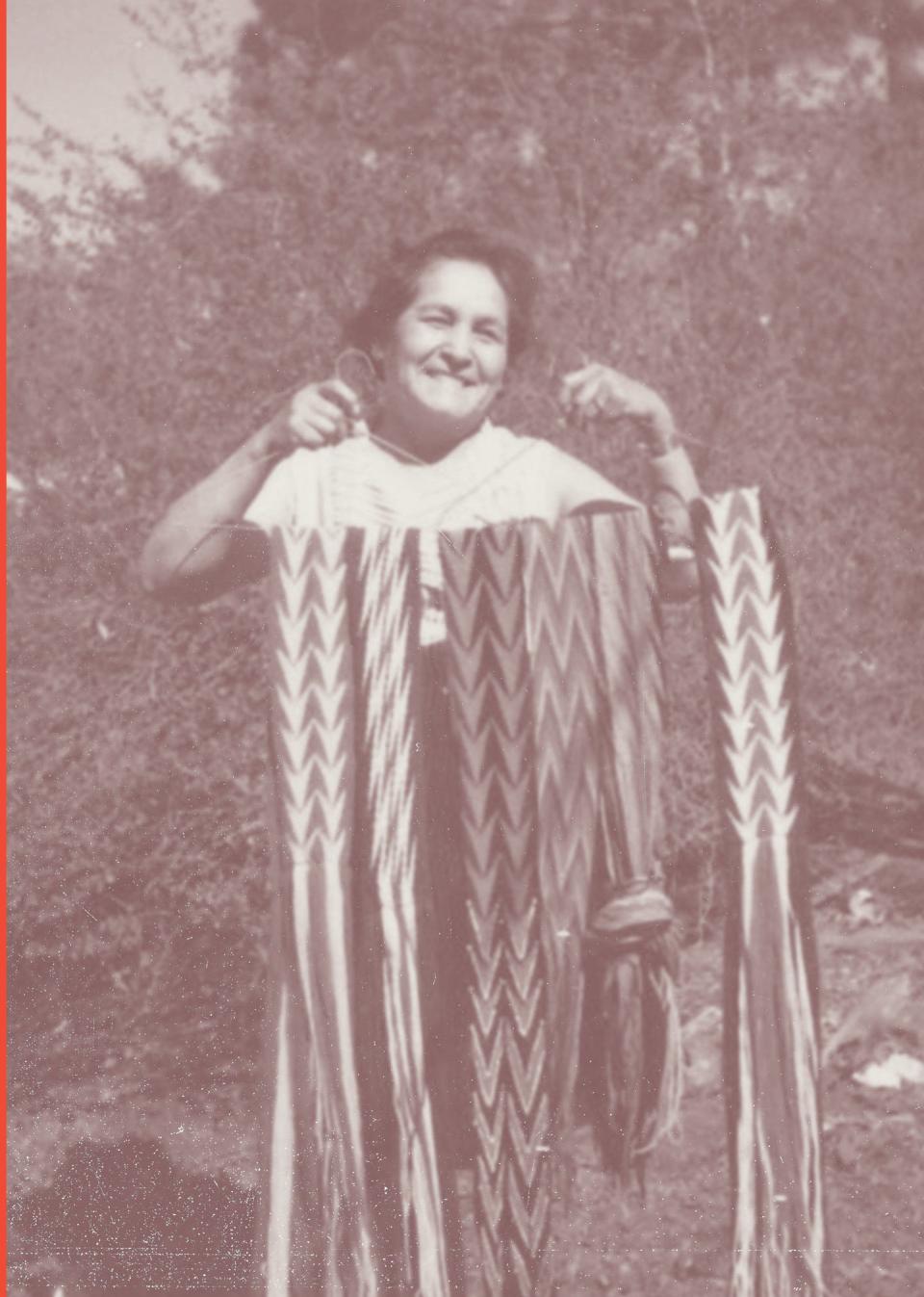
Jean Adeline Morgan Wanatee, a Meskwaki language specialist, was a role model and champion for the rights of Native women, and women in general, at the state and national levels.
As a child, Wanatee was sent away to boarding school – an experience that pushed her to advocate for Native children to attend public schools instead of specialized assimilation institutions.
Although Wanatee was an expert on the Meskwaki language, writing a textbook on the dialect for the Smithsonian, she never thought herself above her neighbors and often volunteered to teach Meskwaki arts and culture to local children in Tama.
Elizabeth Catlett
Artist and civil rights advocate
(1915-2012)
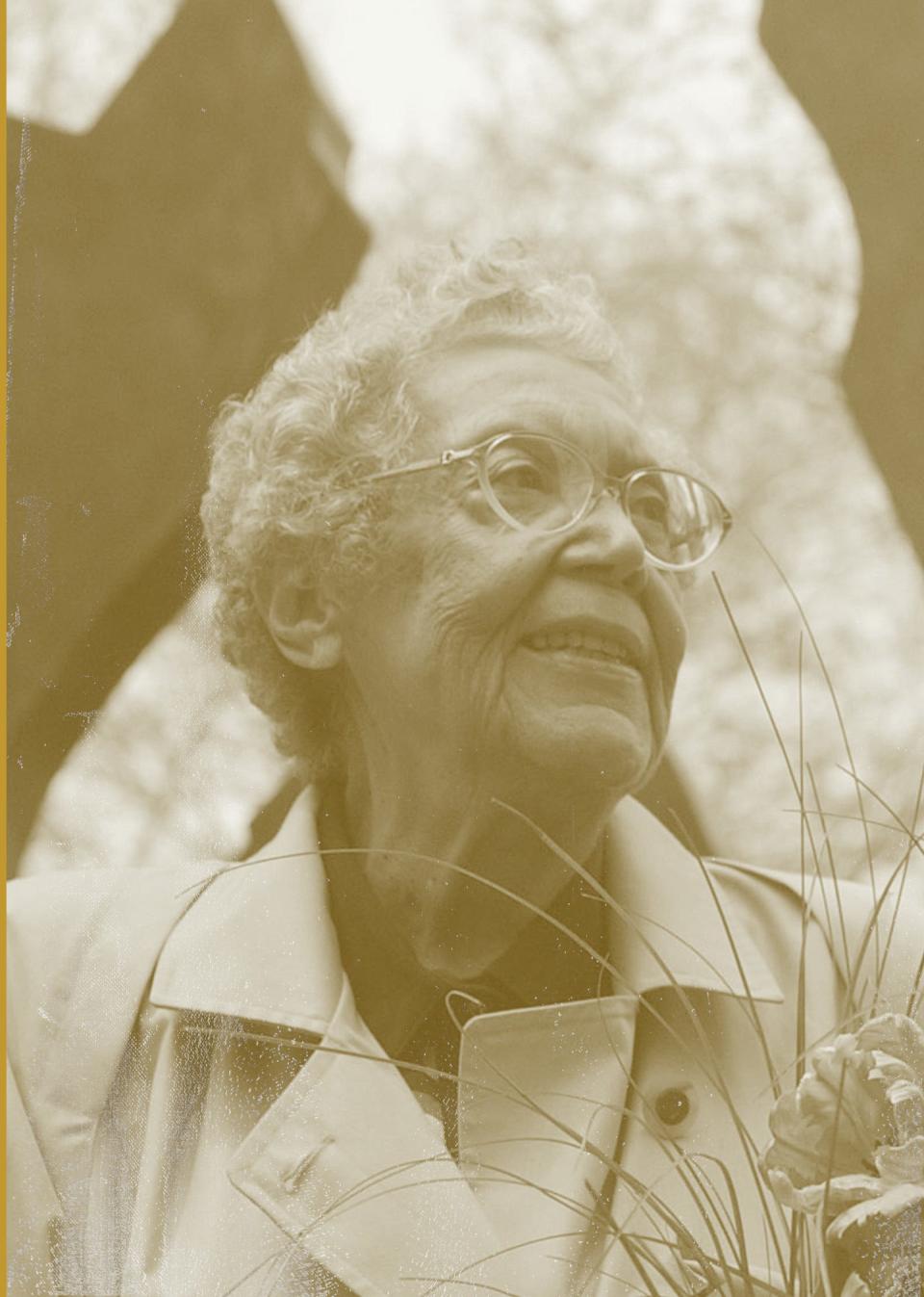
The granddaughter of slaves, Catlett was the first African American woman to earn a master’s of fine arts from the University of Iowa when she graduated in 1940. Studying under mentor Grant Wood, Catlett was encouraged to create paintings and art that spoke to the cultures and experiences she knew best.
In her 70-plus-year career, Catlett used her work to fight for civil rights and against discrimination with a particular focus on minority women, making her one of the most important figures in contemporary African American art.
In the early 2000s, the university bought about 30 prints from Catlett, who later donated those proceeds to establish the Elizabeth Catlett Scholarship Fund, which supports a Black or Latino student studying printmaking.
Although a residence hall on Iowa's campus is now named after Catlett and displays her works, segregation kept her out of the dormitories when she was a student.
"Not only may UI students soon live in a residence hall named after a woman who was not allowed to live on campus because of her race," professor Lena Hill said at the time of the naming, "but they might also live with her art: the truest testament of her contribution to our legacy of creative excellence."
Ann Landers & Abigail Van Buren
Advice columnists Esther Pauline Lederer and Pauline Esther Phillips
(1918-2002 and 1918-2013)
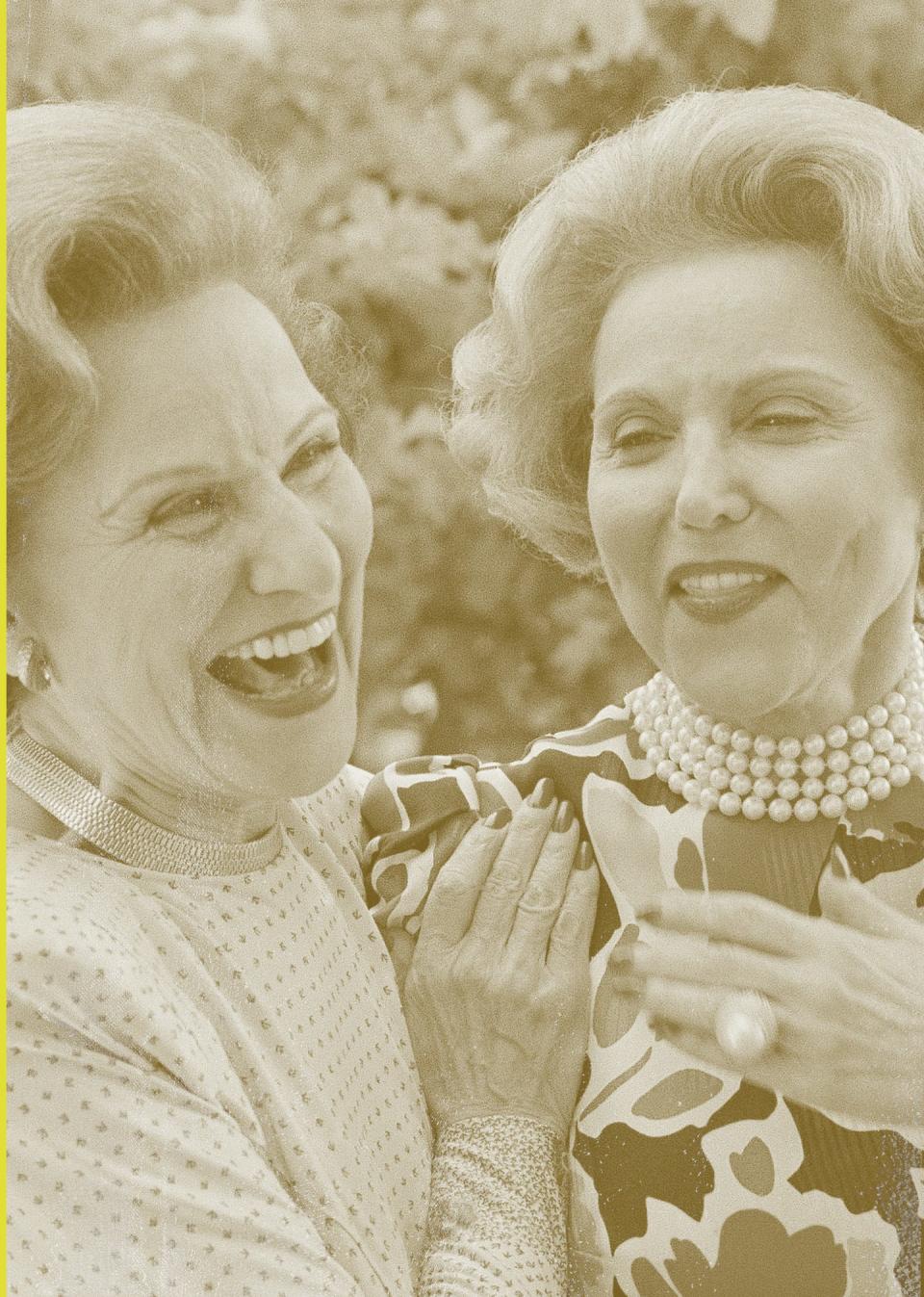
Twin sisters Esther Pauline Lederer and Pauline Esther Phillips wrote dueling, wildly popular advice columns that are still running years after their deaths.
Celebrated for their witty and heartfelt prose, the sisters were also known for their progressive views on civil rights, reproductive rights, divorce, addiction and gun control. Open-minded and unafraid, they pushed the envelope and didn't shy away from changing opinions overtime all the while managing to stay grounded in their Midwestern moral sensibilities.
After decades of not speaking because of their professional rivalry, the sisters made up in the years before they died.
Sister Irene Muñoz
Migrant rights advocate
(1936 - )
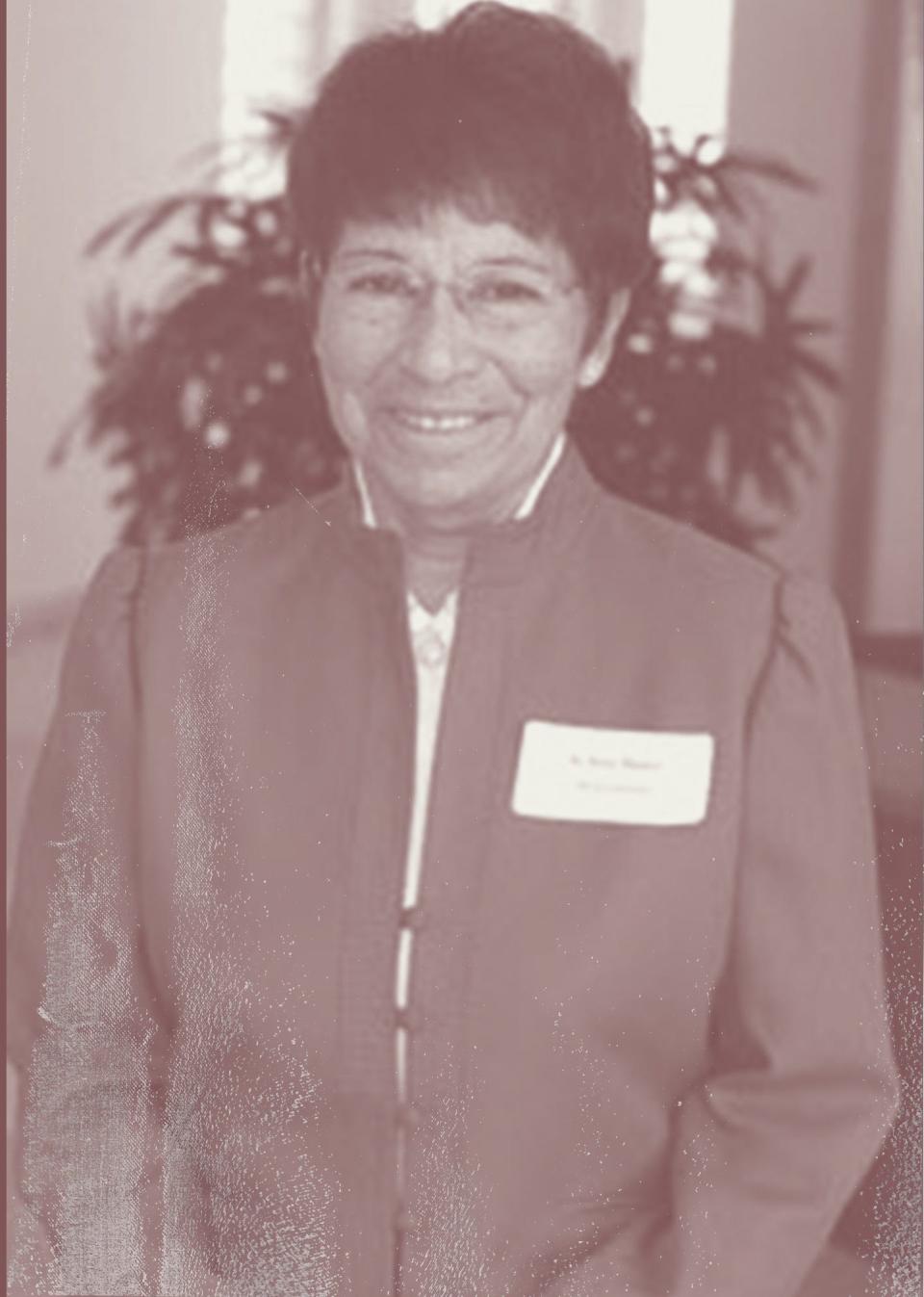
Sister Irene Muñoz felt her calling early when as a young nun in the late 1960s she moved to Muscatine, Iowa, to work with the migrants employed at factories along the river.
Joining the Congregation of the Humility of Mary in her early 20s, Muñoz traded her habit for street clothes after Vatican II opened up nuns to the outside world. Grabbing on to that freedom, she also became a registered nurse and, later in life, a pastoral minister.
Dedicating her life to migrant rights, Muñoz fought to improve housing for Muscatine’s migrant workers, who had been told to live in chicken coops or hog sheds. She also lobbied for reforms to the Iowa child labor law, which excluded migrant workers children from its protections until the 1960s.
Using her medical training, she established the Muscatine Migrant Committee, which set up health clinics and bilingual education programs.
A founding member of the Midwest Council of La Raza, she still advocates for migrants and immigrants in Ottumwa and other southeastern Iowa towns.
More coverage
Women of the Century: They didn’t succeed despite adversity, but often because of it
50 states: Learn about notable women from every state
Who is your Woman of the Century?: Let us know
Recognizing women past and present: See all of our coverage
Sources used in the Women of the Century list project include newspaper articles, state archives, historical websites, encyclopedias and other resources.
This article originally appeared on USA TODAY: Women of Century Iowa list includes civil rights activists, advocates

